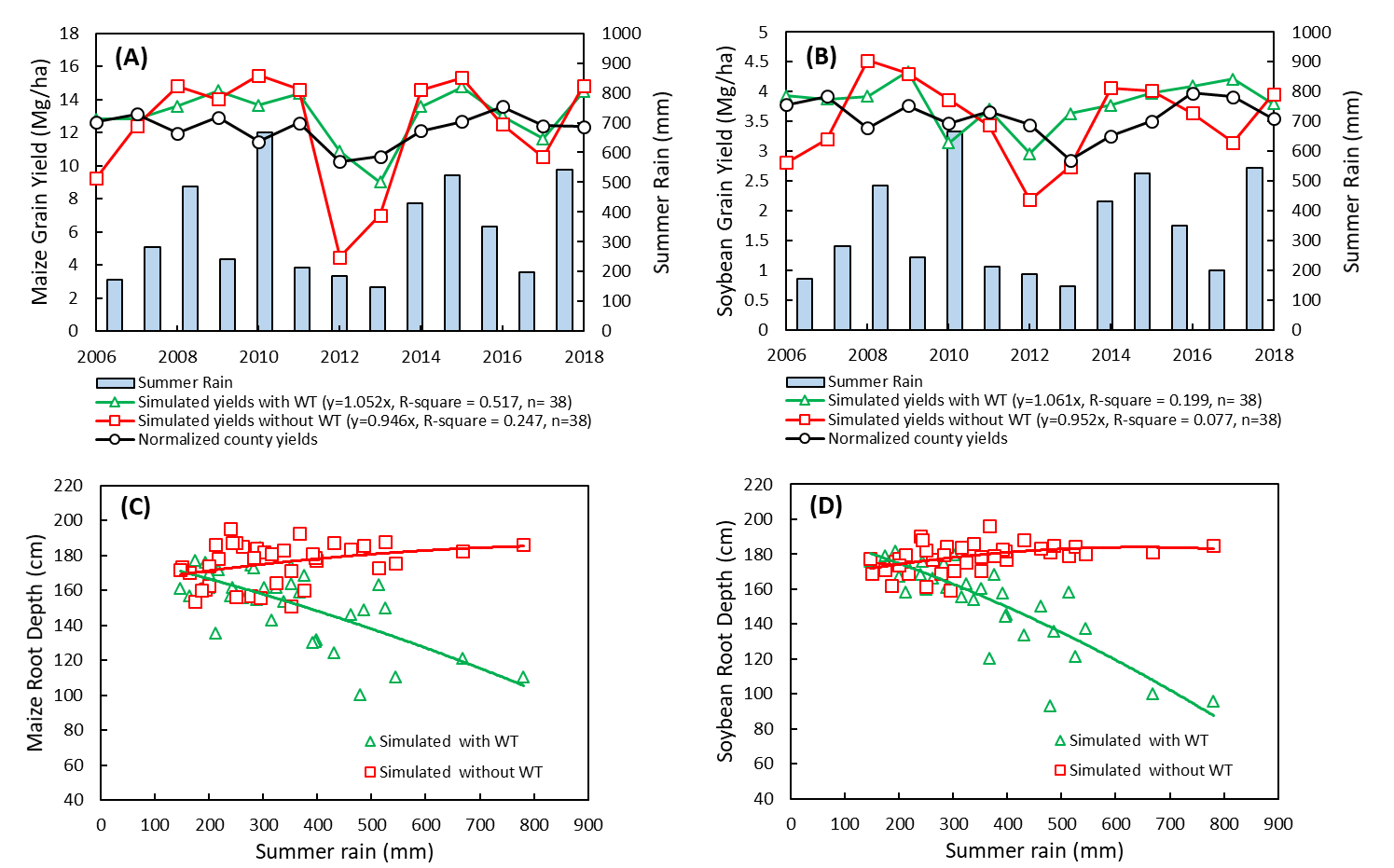
However, it varies according to the planting conditions and oil palm breed type. A planting density of 130–140 palms for each is the general practice. The oil palms are generally planted in triangular patterns with a nine-meter interplanting distance (see Figure 1), following an industry standard to maximize yield with optimal sunlight penetration. The regular dry season in the tropical areas could significantly reduce oil palm yields. Oil palm is adapting to the tropical atmosphere with a high precipitation rate, high intensity of global radiation, and warm temperature of 24–32☌. Southeast Asia has the ideal condition for oil palm cultivation because it needs the moist equatorial condition. Because of expanding worldwide interest for nourishment and fuel, oil palm cultivation has been extended exponentially, and nowadays, oil palm is one of the most consumed vegetable oils in the world. High yields and low production costs from oil palm are the reasons that encourage commercial plantation companies to develop oil palm trees for a considerable scope. Oil palm has an exceptional potential to be used as a biofuel in the future. Oil palm obtained from seeds or portions in a hard mesocarp shell produces around 80% saturated fat that can be utilized as a raw material for the production of soap, cleansers, and other substances in the oleochemical industry. Oil palm can produce cooking oil, mechanical oil, and fuel, widely utilized in daily life and industry. Oil palm (Elaeis guineensis) is a palm tree that is generally planted in Southeast Asia, particularly in Malaysia, Indonesia, and Thailand. For the future phenology model needs to improve accuracy by integrating multisensors, including different wavelengths on optical and microwave sensors and more in situ data. However, the scattering model based on X-, C-, and L-band is potentially to be used and applied to identify the phenology of oil palm in Indonesia, which is the main parameter in yield estimation. In this case, the most potential of the scattering model of oil palm phenology based on is using C-band on VV polarization. The L-band on HV and HH polarization showed a logarithmic model with and. The C-band on VH and VV polarization showed a nonlinear model with and. The results showed different scattering characteristics for the X-, C-, and L-band polarimetric SAR of oil palm for age and found the potential of the scattering model for oil palm phenology based on the X-band on HH polarization that showed a nonlinear model with. The methodology includes data collection, preprocessing, radiometric calibration, speckle filtering, terrain correction, extraction of scattering value, and development of scattering model of oil palm phenology. Study area is located in oil palm plantations, Asahan District, North Sumatra, Indonesia.

The X-, C-, and L-band polarimetric SAR are derived from spaceborne of TerraSAR-X, Sentinel-1A, and ALOS PALSAR 2.

This study investigates the scattering model of oil palm phenology based on spaceborne X-, C-, and L-band polarimetric Synthetic Aperture Radar (SAR) imaging. However, spaceborne polarimetric radar on X-, C-, and L-band is promising on structure vegetation and cloud area. Information about oil palm phenology is required for oil palm plantation management, but using spaceborne polarimetric radar imagery remains challenging.


 0 kommentar(er)
0 kommentar(er)
